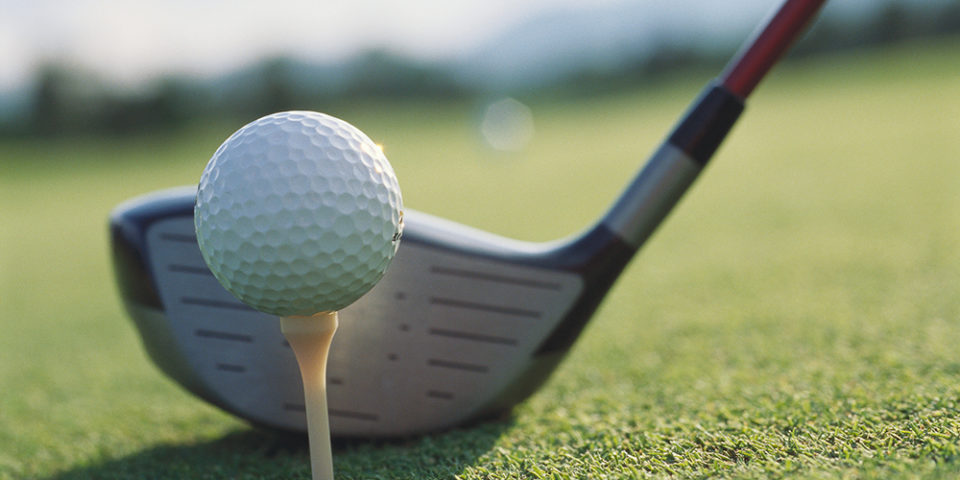How are common golfing injuries treated?
While golf is a low-impact sport, it still has the potential to cause mild to severe injuries. These common golfing injuries include problems with the shoulders, back, knees and other parts of the body and can cause the injured person to struggle in keeping up with their day-to-day activities. The injured person may wonder if it’s enough to take a dose of Tylenol and carry on, or if more significant treatment is needed.
Christopher Mazoue, MD, explained the most common golfing injuries and how they are treated.
What are the most common golfing injuries?
“The most common sites of injuries in golfers are the shoulder, elbow, wrist, lower back and knees,” said Dr. Mazoue. “Some of these can be acute – meaning they come on suddenly – but others, like shoulder injuries, are chronic and develop over time.”
The most common injuries caused by golfing include:
- Shoulder injuries in the lead shoulder. Seen primarily in younger golfers, these injuries are caused by the follow-through in the golf swing. Clicking and popping during the swing are common signs of the injury in its early stages. The injury also causes pain.
- Rotator cuff injuries. More common in older golfers, tendonitis or tears can cause moderate to severe pain and reduce the range of motion significantly.
- Inflamed tendons in the elbow. Known as “golfer’s elbow” for good reason, this injury creates pain on the inside of the elbow, caused by inflamed tendons.
- Knee injuries. Cartilage in the knee, called the meniscus, can be torn by twisting forces, and existing tears can be made worse by continuing to utilize that specific motion.
- Low back pain. Pain in the lower back is perhaps the most common golf injury. Usually, this is caused by simple muscle strain and can be treated at home. More significant back injuries, however, may require further care.
How are common golfing injuries treated?
“Most of the injuries you see in golfers can be treated without surgery,” said Dr. Mazoue. “For mild to moderate injuries, like a strained back muscle, we recommend resting and taking anti-inflammatory medications as long as they don’t have any negative interactions with medicine you already take, as well as rehabilitation exercises.”
Rehabilitation for golf injuries might involve simple exercises done at home or could also include visits a physical therapist. The physical therapist will work with the injured person to develop a personalized stretching and strengthening exercise routine that helps them recover and prevents future injuries before they happen.
For more severe injuries, surgery on the rotator cuff, the tendons in the knee, hips, shoulder ligaments or back may be required. In those cases, stronger medication may be needed to help with pain, as well as a longer time spent in physical therapy and a greater need for rest.
How long does it take to recover from a golf injury?
“There’s one question we hear most when surgery is decided on as a treatment for a golf injury,” said Dr. Mazoue. “And that question is when they can get back to playing golf. The answer really depends on the type of surgery and how well the recovery process goes. It can be difficult to estimate ahead of time when a golfer will be ready to return to the game.”
Find an orthopedic specialist you trust
Find a provider who’s right for you by viewing their online profiles, star ratings and reviews.
Find an Orthopedic Doctor

